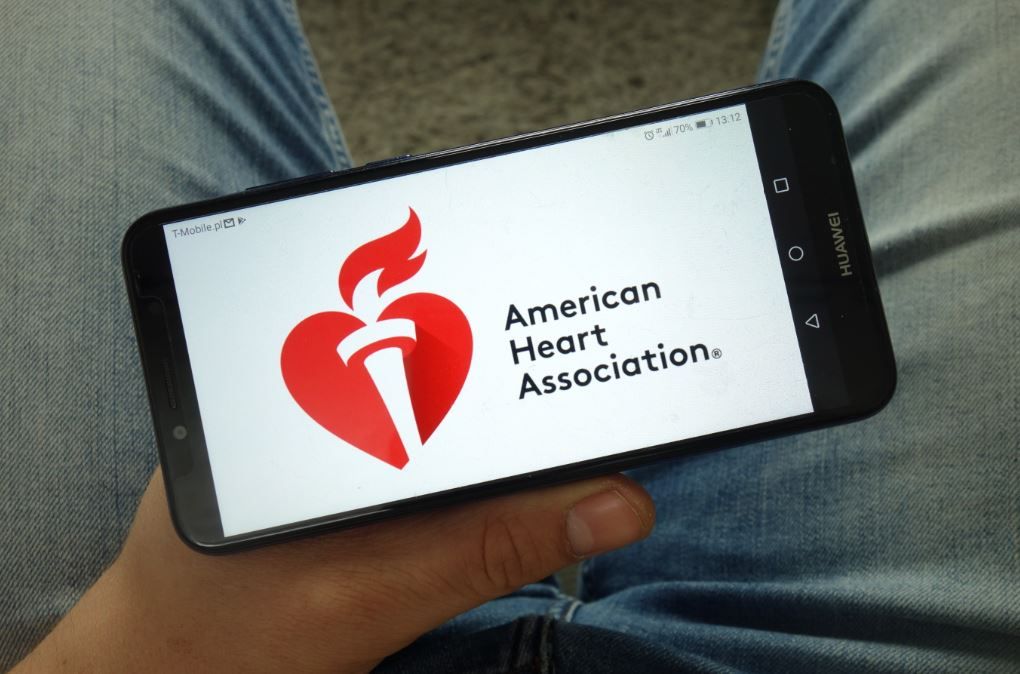Study Highlights Factors that Influence Patient Engagement with Remote CVD Risk Reduction Intervention
AHA Scientific Sessions 2021: Employment status and higher caregiver burden were linked to increased engagement with a videoconferencing-based intervention to reduce the risk of CVD.
©piter2121/stock.adobe.com

Employment status and higher caregiver burden were associated with increased engagement with a videoconferencing (VC)-based intervention to reduce the risk of cardiovascular disease (CVD), according to preliminary research being presented at the American Heart Association’s (AHA) Scientific Sessions 2021, held virtually from November 13-15, 2021.
For patients living in rural areas, VC technology may increase access to interventions targeting CVD risk reduction, especially for caregivers of those with chronic illness. To further understand factors that might affect engagement with VC-based interventions, researchers used data from an intervention group (n=131) in a separate randomized controlled trial of a CVD risk reduction therapy. Of particular interest to the investigators were effects on engagement of demographic, clinical, psychological, and technological factors.
Engagement was defined for the purpose of the study as the number of interventions or booster sessions (total 26 possible) completed per participant. Symptoms of depression and caregiving stress were measured with the Patient Health Questionnaire and the Zarit Burden Interview, respectively.
Among study participants (mean age, 54.8 years; 79.4% women), the mean engagement rate was 17.08 VC sessions, according to the study abstract. A higher level of depressive symptoms (incidence rate [IR]=0.98, p<.05) was associated with decreased engagement.
On the other hand, researchers found that higher caregiver burden (IR=1.008, p<.01) and employment status (working from home or retired compared to employment outside the home IR=1.25, p<.03) were associated with increased engagement.
The association between age and engagement rate was dependent on the level of technical problems experienced (IR=1.02, p<.00) and participant financial status (average vs low IR=1.02, p<.02; high vs low IR=1.04, p<.00).
“Depressive symptoms, older age in those with low financial status, and working outside the home were associated with low engagement rate with VC-based intervention targeting CVD-risk reduction among rural caregivers,” stated researchers. “Thus, tailoring such interventions to address these factors is essential in improving engagement in remote interventions.”
Reference: Madujibeya I, Chung ML, Miller J, et al. Predictors of engagement with a remotely delivered cardiovascular disease risk reduction intervention. Poster (P2525) presented at: AHA Scientific Sessions 2021, held online November 13-15, 2021.